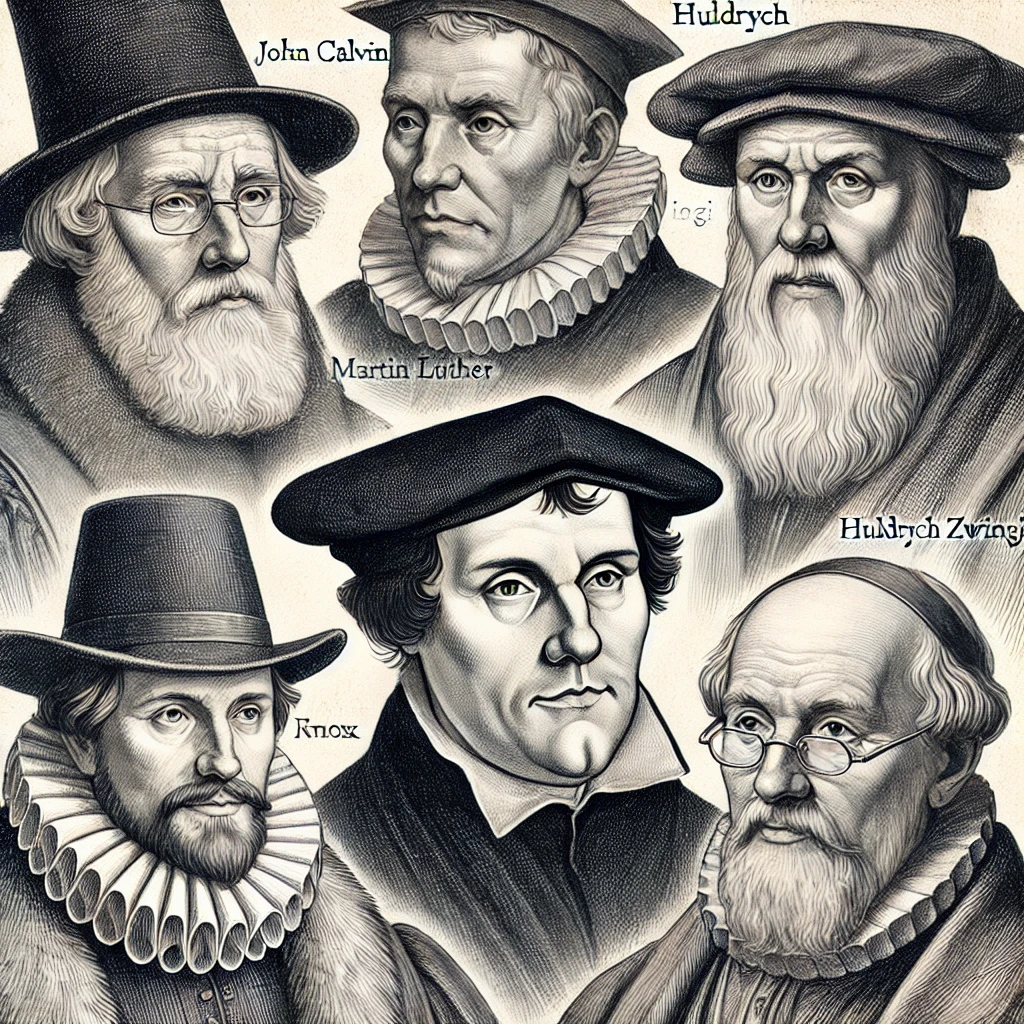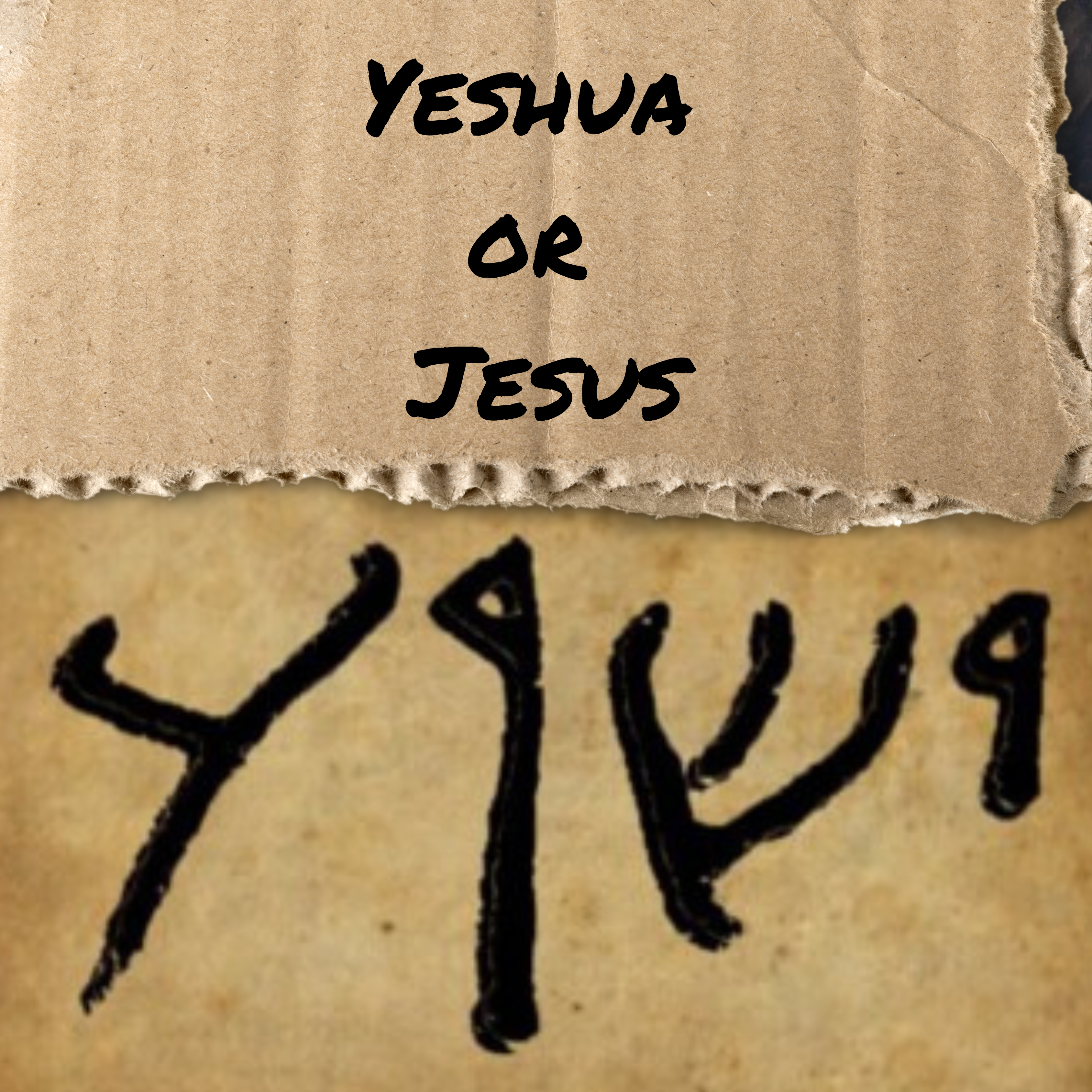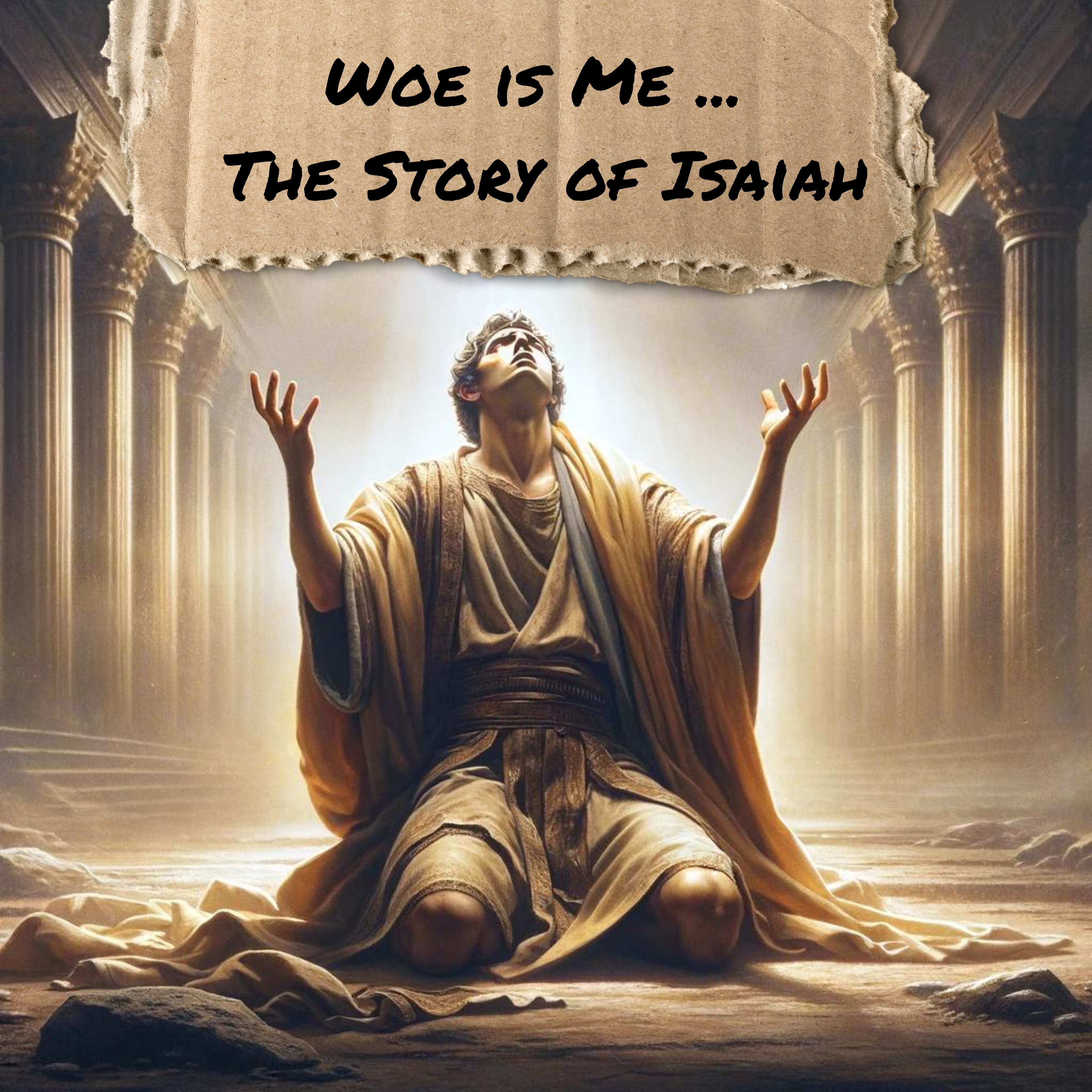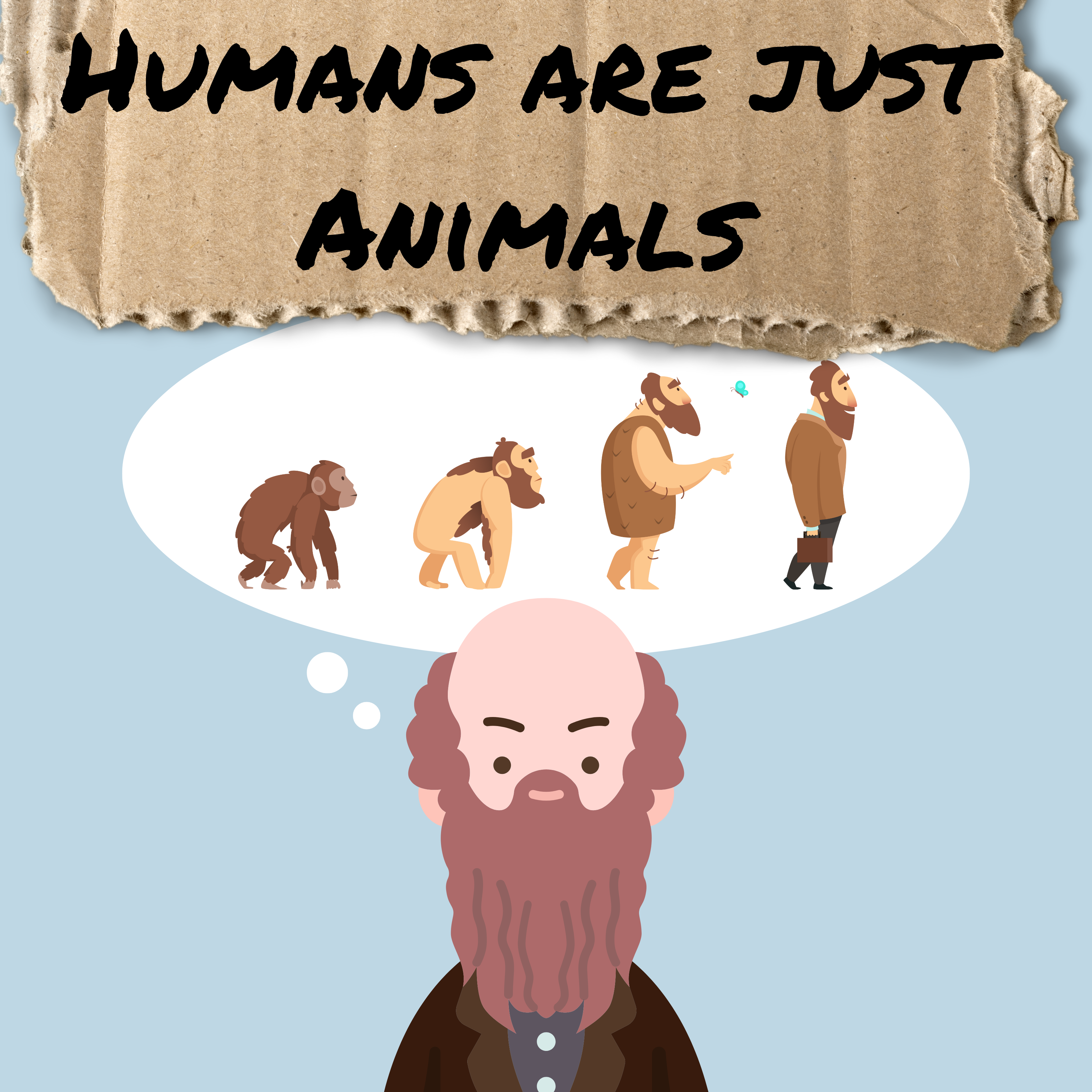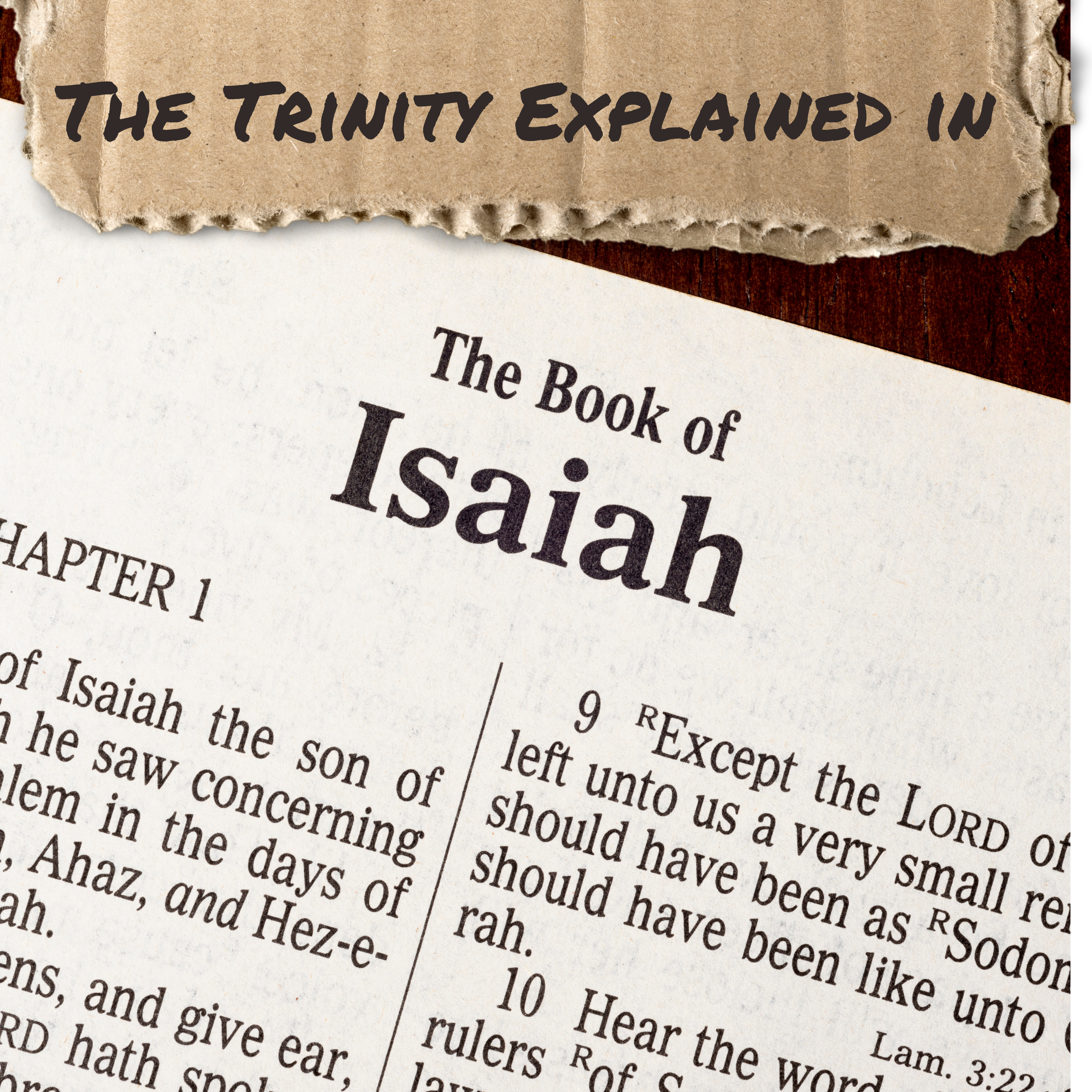
Introduction
The doctrine of the Trinity is a cornerstone of Christian theology, encapsulating the understanding of God as three persons in one essence: the Father, the Son, and the Holy Spirit. This profound mystery is explicitly articulated in the New Testament, yet the Old Testament also contains significant insights into this divine reality. One such passage is Isaiah 48, where the interplay of the three divine persons is subtly yet powerfully revealed. This article explores the context, content, and implications of Isaiah 48, providing a deeper understanding of the Trinity as unveiled in this Old Testament passage.
Context of Isaiah 48
Isaiah 48 is part of a larger section of the Book of Isaiah, often referred to as the “Book of Comfort” (Isaiah 40-55). This section addresses the exiled Israelites, offering hope and assurance of God’s deliverance. The historical context is crucial to understanding the message of Isaiah 48. The Israelites were in Babylonian captivity, facing despair and uncertainty about their future. Against this backdrop, Isaiah 48 underscores God’s sovereignty, His enduring faithfulness, and His redemptive plan for His people.
The Historical and Literary Context
The Book of Isaiah spans several periods in Israel’s history, including the Assyrian threat, the Babylonian exile, and the anticipated return from captivity. Isaiah 40-55, also known as Deutero-Isaiah, primarily addresses the exilic community. These chapters are characterized by a tone of comfort and assurance, promising God’s intervention and the restoration of Israel.
Isaiah 48 serves as a conclusion to the messages of comfort and deliverance that begin in chapter 40. It reiterates God’s call to His people to listen and trust in His promises. The chapter emphasizes God’s sovereignty over history, His intimate involvement in creation, and His faithful commitment to redeem His people.
The Voice of the LORD: Isaiah 48:12-16
Isaiah 48:12-16 is particularly significant for understanding the Trinity. The passage reads:
“Listen to me, O Jacob, and Israel, whom I called! I am he; I am the first, and I am the last. My hand laid the foundation of the earth, and my right hand spread out the heavens; when I call to them, they stand forth together. Assemble, all of you, and listen! Who among them has declared these things? The LORD loves him; he shall perform his purpose on Babylon, and his arm shall be against the Chaldeans. I, even I, have spoken and called him; I have brought him, and he will prosper in his way. Draw near to me, hear this: from the beginning I have not spoken in secret, from the time it came to be I have been there. And now the Lord GOD has sent me, and his Spirit.” (Isaiah 48:12-16, ESV)
The Triune God in Isaiah 48
In this passage, we encounter three distinct persons involved in the divine dialogue and mission:
- The Speaker: The passage begins with a divine declaration from a speaker who identifies Himself as the First and the Last, a title denoting eternal existence and sovereignty. This speaker claims responsibility for creation, reinforcing His identity as God.
- The Lord GOD: In verse 16, there is a reference to “the Lord GOD” (YHWH Adonai), indicating a distinction between the speaker and the one sending Him.
- His Spirit: The passage concludes with the mention of “his Spirit,” adding a third person to the divine narrative.
The First and the Last
The title “the First and the Last” is used in Revelation 1:17-18 and 22:13, referring to Jesus Christ, the Son. The speaker in Isaiah 48, who lays the foundation of the earth and spreads out the heavens, is paralleled with the role of Christ in creation (John 1:3, Colossians 1:16-17). This title affirms the speaker’s eternal nature and sovereign authority, attributes that are also ascribed to Christ in the New Testament.
The Lord GOD
The one who sends the speaker is identified as “the Lord GOD.” This aligns with the understanding of the Father, who sends the Son (John 5:36, 20:21). The distinction between the speaker and the sender indicates a relational dynamic within the Godhead, where the Father initiates the mission and the Son carries it out.
His Spirit
The Spirit is mentioned as being sent alongside the speaker, paralleling the Holy Spirit’s role in the New Testament (John 14:26, Acts 2:4). The Spirit’s presence underscores the collaborative nature of the Trinity in accomplishing God’s redemptive work. The Spirit empowers and guides, ensuring the fulfillment of the divine mission.
Understanding the Trinity in This Context
Isaiah 48:12-16 beautifully captures the unity and distinctiveness of the Trinity. The speaker (the Son) is sent by the Lord GOD (the Father) and accompanied by His Spirit (the Holy Spirit). This passage echoes the relational dynamics within the Trinity, where the three persons are distinct yet act in perfect harmony.
The Unity and Distinctiveness of the Trinity
The doctrine of the Trinity holds that God is one in essence but three in personhood. This means that the Father, Son, and Holy Spirit share the same divine nature but are distinct in their relational roles and functions. Isaiah 48:12-16 exemplifies this concept by presenting the three divine persons in a coordinated mission.
- The Speaker’s Role (The Son): The speaker, identified as the First and the Last, emphasizes His role in creation and His eternal nature. This role parallels Jesus Christ, who is described as the Word through whom all things were made (John 1:1-3).
- The Sender’s Role (The Father): The Lord GOD, who sends the speaker, represents the Father. The Father’s role is to initiate and command, demonstrating His sovereign authority and purpose.
- The Spirit’s Role (The Holy Spirit): The mention of the Spirit indicates the Holy Spirit’s role in empowering and accompanying the Son in His mission. The Spirit is the divine presence that ensures the execution of God’s plan.
The Trinity’s Involvement in Creation and Redemption
Isaiah 48 highlights the Trinity’s involvement in both creation and redemption. The speaker’s declaration of laying the foundation of the earth and spreading out the heavens emphasizes the Son’s role in creation. This theme is reiterated in the New Testament, where Christ is described as the agent of creation (Colossians 1:16-17).
The passage also underscores the Trinity’s involvement in redemption. The speaker’s mission to bring prosperity and deliverance parallels Christ’s redemptive work. The Father’s sending and the Spirit’s accompanying presence highlight the collaborative nature of the Trinity in accomplishing salvation.
The Implications of the Trinity for Believers
Understanding the Trinity as revealed in Isaiah 48 enriches our comprehension of God’s nature and His work in history. It highlights several key aspects of the divine nature and their implications for believers:
God’s Sovereignty
The Trinity’s involvement in creation and redemption underscores God’s ultimate authority and control over all things. The Father, Son, and Holy Spirit work together to execute God’s sovereign plan, demonstrating His power and wisdom. Believers can find assurance in knowing that the Triune God governs the universe with purpose and precision.
God’s Relational Nature
The inter-personal relationships within the Trinity reflect the importance of community and love in God’s character, serving as a model for human relationships. The Father, Son, and Holy Spirit exist in perfect harmony, united in love and purpose. This relational dynamic invites believers to cultivate relationships marked by love, unity, and mutual support.
God’s Redemptive Plan
The cooperation of the Father, Son, and Holy Spirit in the plan of salvation demonstrates the comprehensive and collaborative nature of God’s redemptive work. Each person of the Trinity plays a distinct role in achieving redemption, highlighting the depth and complexity of God’s love for humanity. Believers can take comfort in knowing that their salvation is the result of a divine, orchestrated effort by the Triune God.
Exploring the Trinity in Other Old Testament Passages
Isaiah 48 is not the only Old Testament passage that offers insights into the Trinity. Several other passages also hint at the triune nature of God, providing a broader understanding of this doctrine.
Genesis 1:1-3
The opening verses of Genesis provide a foundational glimpse into the Trinity’s involvement in creation:
“In the beginning, God created the heavens and the earth. The earth was without form and void, and darkness was over the face of the deep. And the Spirit of God was hovering over the face of the waters. And God said, ‘Let there be light,’ and there was light.” (Genesis 1:1-3, ESV)
In this passage, we see God (the Father) as the Creator, the Spirit of God hovering over the waters, and the Word of God bringing light into existence. This triune involvement in creation aligns with the New Testament revelation of the Word (Jesus) being the agent of creation (John 1:1-3).
Genesis 18:1-2
The appearance of three visitors to Abraham in Genesis 18 is another intriguing passage:
“And the Lord appeared to him by the oaks of Mamre, as he sat at the door of his tent in the heat of the day. He lifted up his eyes and looked, and behold, three men were standing in front of him. When he saw them, he ran from the tent door to meet them and bowed himself to the earth.” (Genesis 18:1-2, ESV)
While this passage does not explicitly identify the visitors as the
Trinity, many theologians see a possible foreshadowing of the triune nature of God. The three visitors, who later reveal themselves as the Lord, engage with Abraham in a way that suggests a divine encounter.
Proverbs 8:22-31
Proverbs 8 personifies wisdom, often interpreted as a reference to Christ:
“The Lord possessed me at the beginning of his work, the first of his acts of old. Ages ago I was set up, at the first, before the beginning of the earth. When there were no depths I was brought forth, when there were no springs abounding with water. Before the mountains had been shaped, before the hills, I was brought forth, before he had made the earth with its fields, or the first of the dust of the world. When he established the heavens, I was there; when he drew a circle on the face of the deep, when he made firm the skies above, when he established the fountains of the deep, when he assigned to the sea its limit, so that the waters might not transgress his command, when he marked out the foundations of the earth, then I was beside him, like a master workman, and I was daily his delight, rejoicing before him always, rejoicing in his inhabited world and delighting in the children of man.” (Proverbs 8:22-31, ESV)
This passage describes wisdom as a co-worker with God in creation, reflecting the New Testament portrayal of Christ as the wisdom and power of God (1 Corinthians 1:24).
Theological Reflections on the Trinity
The doctrine of the Trinity is essential for understanding the nature of God and the dynamics of His work in the world. The Old Testament, including passages like Isaiah 48, provides foundational insights that are fully revealed in the New Testament. Reflecting on the Trinity enhances our theological understanding and enriches our spiritual life.
The Mystery of the Trinity
The Trinity is a divine mystery that transcends human comprehension. While we can apprehend aspects of this doctrine through Scripture, our finite minds cannot fully grasp the infinite nature of God. The Trinity invites us into a deeper reverence and awe of God, recognizing His majesty and transcendence.
The Relational Nature of God
The Trinity reveals that God is inherently relational. The Father, Son, and Holy Spirit exist in an eternal relationship of love and mutual glorification. This relational nature underscores the importance of community and relationship in God’s design for humanity. As beings created in the image of a triune God, we are called to reflect His relational character in our interactions with others.
The Unity and Diversity of the Trinity
The Trinity embodies both unity and diversity. The three persons of the Godhead are distinct yet united in essence and purpose. This unity in diversity serves as a model for human relationships, particularly within the body of Christ. The church, as the community of believers, is called to reflect the unity and diversity of the Trinity, celebrating our unique gifts and roles while maintaining our oneness in Christ.
The Role of Each Person of the Trinity in Redemption
The work of redemption is a collaborative effort of the Triune God. Each person of the Trinity plays a distinct role in the salvation of humanity:
- The Father: The Father initiates the plan of redemption, sending the Son into the world (John 3:16). He is the source of all blessings and the one to whom Jesus directs His prayers.
- The Son: The Son accomplishes redemption through His incarnation, life, death, and resurrection. Jesus’ atoning sacrifice on the cross provides the means for reconciliation with God (Ephesians 1:7).
- The Holy Spirit: The Holy Spirit applies the benefits of redemption to believers. He convicts of sin, regenerates the heart, indwells believers, and empowers them for godly living (Titus 3:5-6).
Understanding the distinct roles of each person in the Trinity enhances our appreciation for the depth and breadth of God’s redemptive work. It also highlights the collaborative and unified nature of the divine mission.
The Trinity and Christian Worship
The doctrine of the Trinity has profound implications for Christian worship. Recognizing the triune nature of God shapes our worship practices and deepens our spiritual experience.
Trinitarian Worship
Christian worship is inherently Trinitarian. We worship the Father, through the Son, in the power of the Holy Spirit. This Trinitarian framework is reflected in various aspects of worship, including prayers, hymns, and liturgical practices. Acknowledging the roles of each person of the Trinity in our worship enriches our connection with God and aligns our worship with biblical revelation.
The Role of the Holy Spirit in Worship
The Holy Spirit plays a crucial role in facilitating our worship. He empowers us to worship in spirit and truth (John 4:24). The Spirit’s presence in worship enables us to experience God’s presence, understand His Word, and respond with heartfelt praise and adoration.
The Mediating Role of Jesus in Worship
Jesus, as our High Priest, mediates our worship before the Father. Through His sacrificial death and resurrection, Jesus has opened the way for us to approach God with confidence (Hebrews 4:14-16). Our worship is acceptable to God because of the righteousness of Christ imputed to us. Recognizing Jesus’ mediating role transforms our worship into an expression of gratitude and reliance on His grace.
The Trinity and Christian Life
The doctrine of the Trinity not only informs our understanding of God but also shapes our Christian life. The relational dynamics within the Trinity serve as a model for our relationships, spiritual growth, and mission.
Relational Living
The relational nature of the Trinity calls us to cultivate loving and supportive relationships. Just as the Father, Son, and Holy Spirit exist in perfect unity, we are called to live in harmony with others. This involves practicing love, forgiveness, and mutual encouragement. Our relationships should reflect the self-giving love and unity of the Trinity.
Spiritual Growth
Spiritual growth is a collaborative work of the Trinity. The Holy Spirit indwells and sanctifies us, conforming us to the image of Christ. Jesus, as our example and Savior, provides the pattern for godly living. The Father, as the source of all grace, sustains and nurtures us. Understanding the roles of the Trinity in our spiritual growth encourages us to rely on the fullness of God’s provision.
Mission and Evangelism
The mission of the church is rooted in the Trinitarian nature of God. The Great Commission, given by Jesus, reflects the sending nature of the Trinity (Matthew 28:19-20). As the Father sent the Son, and the Son sent the Spirit, we are sent into the world to make disciples. Our mission is a continuation of the divine mission, empowered by the Holy Spirit and guided by the example of Jesus.
Conclusion
Isaiah 48 provides a profound glimpse into the Trinity, revealing the interconnected roles of the Father, Son, and Holy Spirit. This Old Testament passage enriches our understanding of the Triune God, affirming the consistent and unified nature of His revelation throughout Scripture. As believers, we are invited to marvel at the mystery of the Trinity and to embrace the relational and redemptive love that flows from the very heart of God.
Understanding the Trinity as revealed in Isaiah 48 and other Old Testament passages enhances our theological framework, deepens our worship, and transforms our Christian life. It highlights the sovereignty, relational nature, and redemptive plan of God, calling us to live in harmony with His divine will. Embracing the fullness of the Trinity invites us into a richer and more vibrant relationship with our Creator, Redeemer, and Sustainer.

